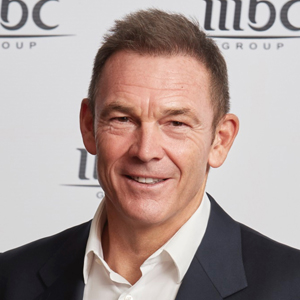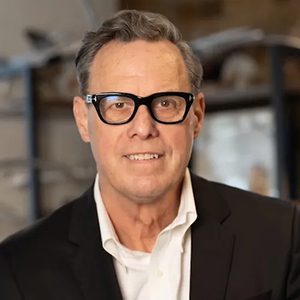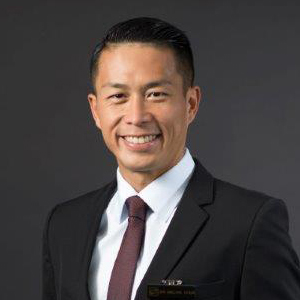A Gentle Path to Inner Harmony
Reflexology – Where Healing Begins with a Touch
Restore balance, ease tension, and reconnect with your body.
Reflexology is more than relaxation — it’s a return to yourself. Through focused pressure on reflex points, I help your body restore balance, calm the nervous system, and release stress. This ancient practice unlocks deep circulation, inner quiet, and lasting harmony, leaving you grounded, energised, and beautifully aligned with your natural rhythm.

What Is Reflexology
For me, reflexology is one of the most profound ways to bring the body back into its natural rhythm. Unlike many other therapies that focus on working through pain, this one works with the body, never against it. It’s based on the idea that the feet and hands are like a mirror — each point reflects a part of your inner system. By gently stimulating these areas, I help your body activate its own ability to restore balance, without force, without resistance, just through connection.
When I work with someone, I’m not just pressing on their feet. I’m listening — to the way their body responds, to where the tension hides, to what it’s ready to let go of. Reflexology gently unlocks blocked energy, improves circulation, calms the nervous system, and allows your body to return to a state of harmony it already knows deep down. That’s why so many people describe the sensation as both grounding and deeply freeing.
What makes this therapy so special is how subtle yet powerful it is. You don’t have to “do” anything. Your body leads, and my role is to guide the process with skill, presence, and care. Unlike massage that works primarily on muscles, reflexology works through the body’s energy and nervous pathways — bringing deep calm, clarity, and a quiet strength that stays with you long after the session ends.
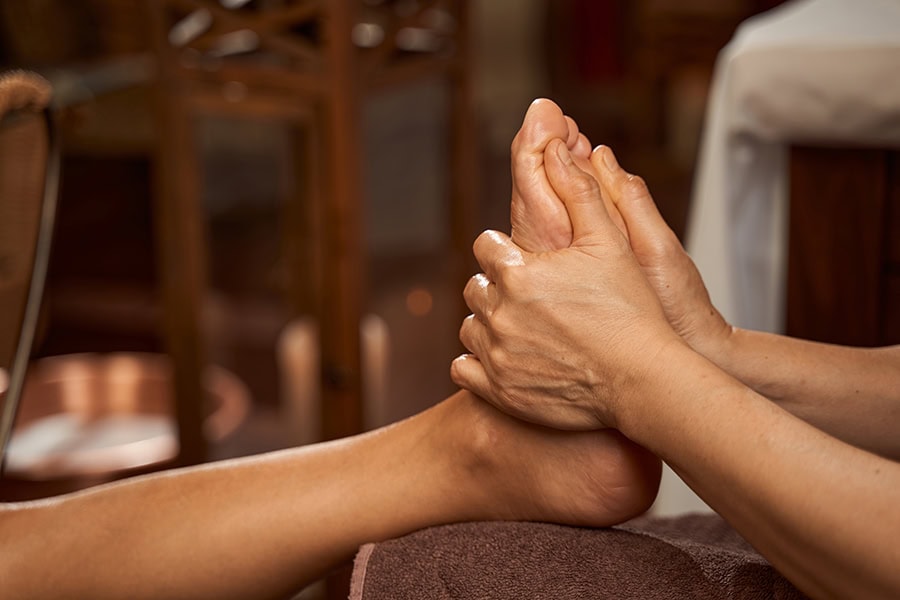
When I work with people, I often notice that their bodies carry more than just physical fatigue — they carry stress, tension, emotional weight, and the constant pressure of being “on”. Reflexology creates a space where all of that begins to loosen its grip. It’s not just about the feet or the hands — it’s about giving the entire system permission to breathe, to reset, and to return to a state of inner balance.
One of the first things people feel is a deep, almost surprising calm. As specific reflex points are stimulated, the nervous system starts to quiet down, and the body shifts from stress mode to a state of restoration. Circulation improves, muscles soften, and there’s a clear sense that energy begins to flow again. It’s a gentle process, but its effects are powerful — tension releases, breathing deepens, and clarity starts to return.
Beyond relaxation, reflexology can support the body in addressing many subtle imbalances: from migraines and digestive discomfort to hormonal shifts, low energy, and sleep issues. I’ve seen people walk in carrying stress in every line of their face and shoulders — and leave with softer expressions, lighter steps, and a quiet sense of coming back to themselves. That’s why reflexology matters: because it doesn’t just treat symptoms, it helps your body remember how to feel whole again.
Practical Healing, Hands-On
6 Ways Reflexology Helps Your Body Recover and Function Better
Reflexology is not about tradition for tradition’s sake — it’s about results. In my practice I use targeted reflex work to relieve pain, improve digestion, rebalance hormones, calm the nervous system, support recovery from illness, and restore energy. Below are six clear ways reflexology can help you feel and function better.
Check out what clients say
Every reflexology session begins long before I touch a single reflex point. The most important part is creating a space where your body can truly exhale. When you arrive, we start with a short conversation. I listen — not just to your words, but to the way you breathe, the way you hold your shoulders, the quiet signs your body gives without you even realising. This helps me understand where you are physically, emotionally, and energetically, and tailor the session to what your body needs that day.
Once you’re comfortably settled, shoes off, supported by pillows and warmth, the session unfolds gently. Reflexology isn’t about force. It’s about listening through touch. I begin by grounding the feet, encouraging the nervous system to shift out of stress mode. My hands work slowly, with precision — feeling for subtle changes in texture, temperature, and response. Each point I touch corresponds to a part of your inner landscape: lungs, heart, liver, stomach, endocrine system. I follow your body’s reactions, not a script.
For some, the shift is immediate — their breath deepens, their face softens, and they sink into a state of deep calm. Others feel a gradual unwinding as the body lets go layer by layer. Reflexology isn’t painful, though some reflex points can feel tender; that tenderness often signals exactly where your system is holding on. I adjust pressure intuitively, making the work effective but always safe and supportive.
As the session continues, your circulation improves, tension eases, and your nervous system begins to reorganise itself. It’s common to feel warmth, gentle tingling, or waves of release. Some people drift into a light sleep; others stay aware but deeply relaxed. The real magic happens in these quiet moments, when your body starts doing the work it was designed to do — rebalancing, regulating, healing.
When the therapy ends, I don’t rush you. I give your body time to settle into the stillness it’s just discovered. Many people stand up feeling lighter, more centred, as though they’re inhabiting their body more fully than when they arrived. Reflexology isn’t just a treatment; it’s an invitation for your body to remember its own rhythm.
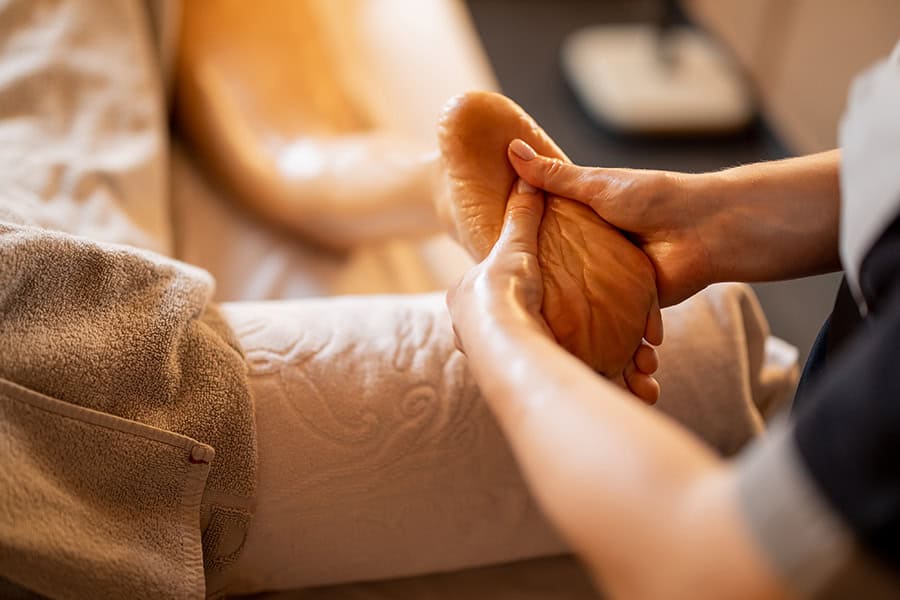

Your Body Knows the Way Back
Book your Reflexology session and give your body the care it’s been asking for. Quietly. Intentionally. Powerfully.
You don’t have to live with tension, fatigue, or that quiet feeling of being “off balance.” Your body has an extraordinary capacity to heal and restore itself — it just needs the right kind of space and the right kind of touch to remember how. Reflexology is a gentle, powerful way to bring everything back into rhythm.
Ready to take that step?
Whether you’re seeking relief from pain, hormonal imbalances, anxiety, digestive issues, or simply want to feel more grounded, reflexology can meet you where you are. You don’t need to have it all figured out to begin — you just need to take the first step toward feeling like yourself again.
